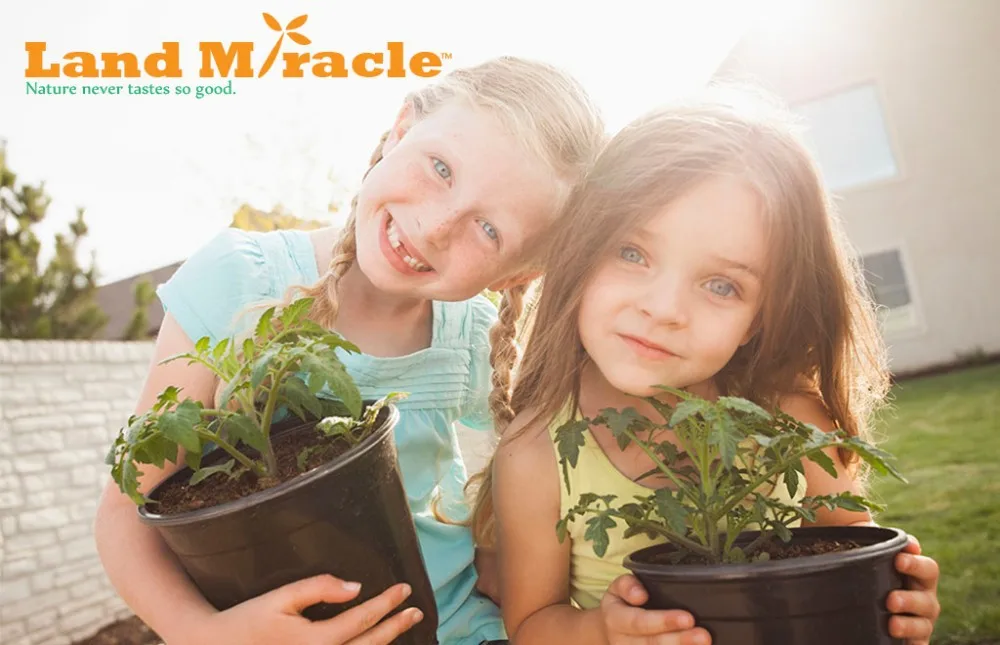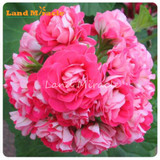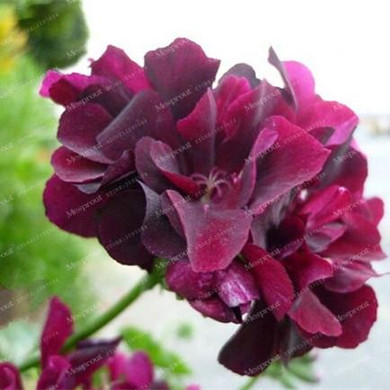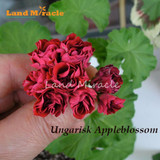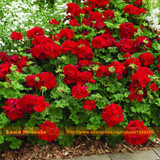Geraniums deliver abundant spring and summer blooms in a variety of colors. The popular perennials fare well in containers or garden beds. Growing geraniums from seed rather than cuttings often produce hardier plants that generate vivid flowers and hardy foliage. They are easy to grow and ideal for beginners and advanced gardeners alike. Those who wish to brighten their homes or outdoor garden spaces with geraniums grown by seed can review some helpful care tips to propagate healthy plants.
Starting the Seeds
Geraniums grow slowly from seed, so it is important to start them well before the last frost of the year for outdoor growing. January to February is generally the best time. Proper care during germination and seedling growth is paramount for growing healthy geraniums.
Germination
Germinating activates the geranium seeds and essentially brings the plant to life. Equal parts of sphagnum peat and vermiculite make a good starting medium with nutrients the growing geranium needs. Place the mixture in seedling trays that feature bottom drainage holes.
Avoid Fungus
Geraniums are prone to fungus growth, which proper drainage helps prevent. Washing the seedling containers beforehand with mild soap also discourages fungus. Sow the seeds, cover lightly with the growing medium, and place the tray in a warm area with full sunlight. Humidity helps the seeds sprout faster. Wrap them lightly in a plastic bag to create a greenhouse-type environment.
Seedling Care
In seven to 14 days, the seeds should sprout. It is necessary to keep the soil moist at all times. Water the seedlings two or more times a week as needed, and keep the trays in a sunny room. The seedlings benefit from a half-strength, water-soluble fertilizer.
Feeding Schedule
Feed them once every two weeks as they grow. This gives them a strong start, helps them grow faster, and prevents disease. Transplant the seedlings to slightly larger containers when they reach 6 inches in height. After transplanting, it is necessary to water deeply once a week. Pinch off the tops of the plants as they grow to promote full foliage and a large bloom yield.
Geranium Care
Geranium plants thrive in indoor or outdoor settings. They make attractive displays in pots or brilliant additions to flower gardens. Care varies slightly with each gardening method.
Indoor
Geraniums do well with morning sun exposure and afternoon shade. Place near a window that faces east and receives plenty of sunlight. Plastic or ceramic planters both work for planting geraniums as long as they have drainage holes at the bottom. Place saucers underneath the pots to collect water, and empty them regularly.
Geraniums only need water when the soil is dry. Overwatering can cause root rot. A good medium for potted plants is one part soil, one part sand, and one part peat. Feed the plants with a 20-20-20 fertilizer solution during periods of growth. Ideal growing temperatures are 65 degrees Fahrenheit during the day and 55 degrees at night.
Outdoor
Plant geranium seedlings or established plants outdoors after the threat of frost has passed. An ideal soil temperature is 60 degrees Fahrenheit. Geraniums need eight hours or more of full sun. Less sun can result in sparse blooms and foliage. Well-drained soil that contains peat, perlite, or compost is ideal for healthy growth. Use 20-20-20 fertilizer during periods of growth, and do not over-fertilize.
Keep geranium plants watered, but do not water unless the soil is dry. Removing faded blooms by gently pinching them off encourages new blooms. Leaving the blooms on can result in fungus growth. Use fungicide on the geraniums during periods of cool, wet weather. In warm climates, geraniums can grow all year.

